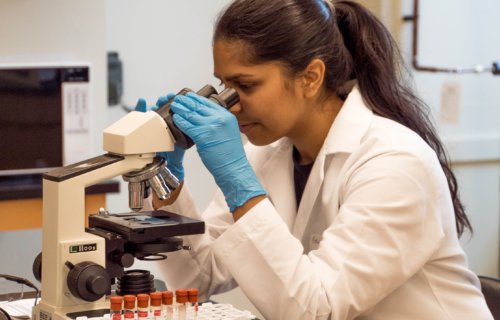FORT COLLINS, Colo. – According to modern beliefs, the key to reducing gender bias in science is to increase the number of women in science. However, a new study by researchers at Colorado State University refutes this idea, finding that women still experience gender bias among peers. This holds true even in fields where they outnumber men and even when they consistently outperform them.
“The assumption has been that if you have the numbers, if you just increase the number of women, you won’t have bias,” explains researcher and professor Meena Balgopal in a university release.. “But we find that’s not the case.”
In the study, the researchers surveyed 935 undergraduate students enrolled in STEM courses. They asked students questions related to how they perceive one another. Some examples:
- “Are there any students in your class you are more likely to go to if you need help with the class?”
- “Thinking about your course, do any students stand out as particularly knowledgeable?”
- “Thinking about your course, who would you consider to be the best student(s) in the class?”
The researchers separated their findings based on two types of courses: physical sciences and life sciences. Physical sciences include things like physics and chemistry, whereas life sciences include biology-related courses.
Findings: Women perform better in science courses
In physical science courses, the researchers say that women are outnumbered by men, but have higher GPAs and higher course grades. In fact, the study shows women are 1.5 times more likely to earn an A or A-plus than men.
Despite outperforming men, however, both women and men believe that men outperform women in physical science courses. Moreover, both men and women are less likely to seek help from a woman and less likely to perceive women as knowledgeable or the best in the class.
The findings for life sciences courses are similar, although the effect isn’t as strong. In life science courses, women tend to outnumber men and outperform them in terms of both GPA and course grades. In these courses, however, men are as likely to say that they’d seek help from a man as they are to say they’d seek help from a woman. They’re also equally likely to find men and women knowledgeable or the best in the class.
Women, conversely, are more likely to seek help from a woman and more likely to perceive women as knowledgeable.
While the results from life science courses may seem promising in terms of equality, it’s important to keep in mind that women outperformed men in the course. Thus, perceiving men and women as equal in the course is still an underestimation of women’s performance.
The authors do point to some limitations for the research. For one, there is lack of diversity among respondents. Most students were White, tended to have higher grades, and were likely to be STEM or physical science students. They did not have a large enough sample size to include firm conclusions for women of color or gender minorities.
Also, while survey participants could self-identify their own genders, only perceptions about the genders of classmates were considered.
The study is published in PLoS ONE.
Like studies? Follow us on Facebook!
